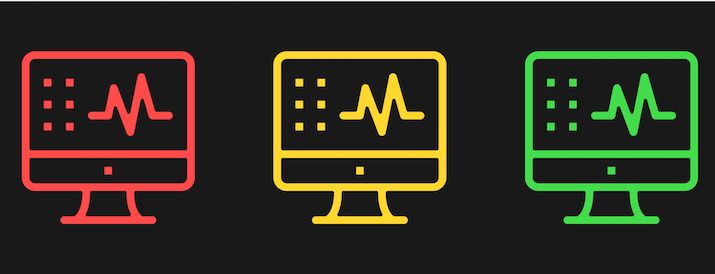Shaping the Labs of the Future
How analytics and other high-tech tools can reap better insights.

Technological change isn’t always apparent to the naked eye, says Darryl Davis, PhD.
Still, the head of biophysical research and analytics at Janssen knows how rapidly computing technology is changing biotechnology labs. In a pair of slides he presented at the Big Data and Analytics for Pharma Summit in Philadelphia, he demonstrated that change.
One slide represented laboratory workflows in 2008, while the other showed the present. In both, data are generated by plate readers or chromatography, among other functions, in a native data format. In 2008, that information was translated into a common data format before being moved to a data repository, and then into a server appliance, and eventually to the user interface.
The 2017 workflow ends the same, but in the center lies the difference. Rather than being converted into a common format, the native data are fed directly into analytics platforms.
“Some legacy practices are misaligned with current capabilities and technologies,” Davis says. The new analytics processes allow pharma to get more deliverables, better and faster, which they can build upon.
Davis’s team uses Labkey’s postgres database tool to define processes, which are fed into KNIME, a workflow manager that incorporates machine learning and data mining components. KNIME executes and analyzes the raw data, which is then kicked into RapidMiner for analytics processing. The data then go into Anaconda, which acts as a notebook and an accessible graphical workbench.
All these tools are widely available, and both KNIME and Rapidminer are open source. Though many laboratories have been tempted to build tools, Davis says, it isn’t always the most efficient idea. “Generally, any time we’ve tried to write code, it hasn’t turned out as good as these tools that already exist,” he adds.
Besides, he notes, focusing on bells and whistles may be fun, but deliverables are the ultimate goal. Existing tools, he believes, allow biotech laboratories to produce even more powerful, useful insights. The tools themselves will continue to improve, as well.
“The lab of the future will look much the same as today but, much like a smartphone compared to a landline, will have vastly different capabilities arising from technology that will be invisible to the consumer,” he concluded.
Telehealth faces a looming deadline in Washington | Healthy Bottom Line podcast
February 12th 2025Once again, the clock is ticking on waivers for telemedicine and hospital-at-home programs. Kyle Zebley of the American Telemedicine Association talks about the push on Congress and the White House.
How Healthcare Costs Can Influence the Patient Journey
April 10th 2025We surveyed 1,000 consumers to understand their preferences at each stage of the care journey, from search to follow-up. Our findings reveal that patients now demand transparency, clarity, and control over their healthcare costs. Forward-thinking providers who integrate revenue cycle management (RCM) into their patient engagement strategies can significantly improve satisfaction and ensure seamless payments. The survey also identifies key digital features that patients want to better manage their costs, empowering them to engage more effectively with their care. Download our e-book to discover these insights.